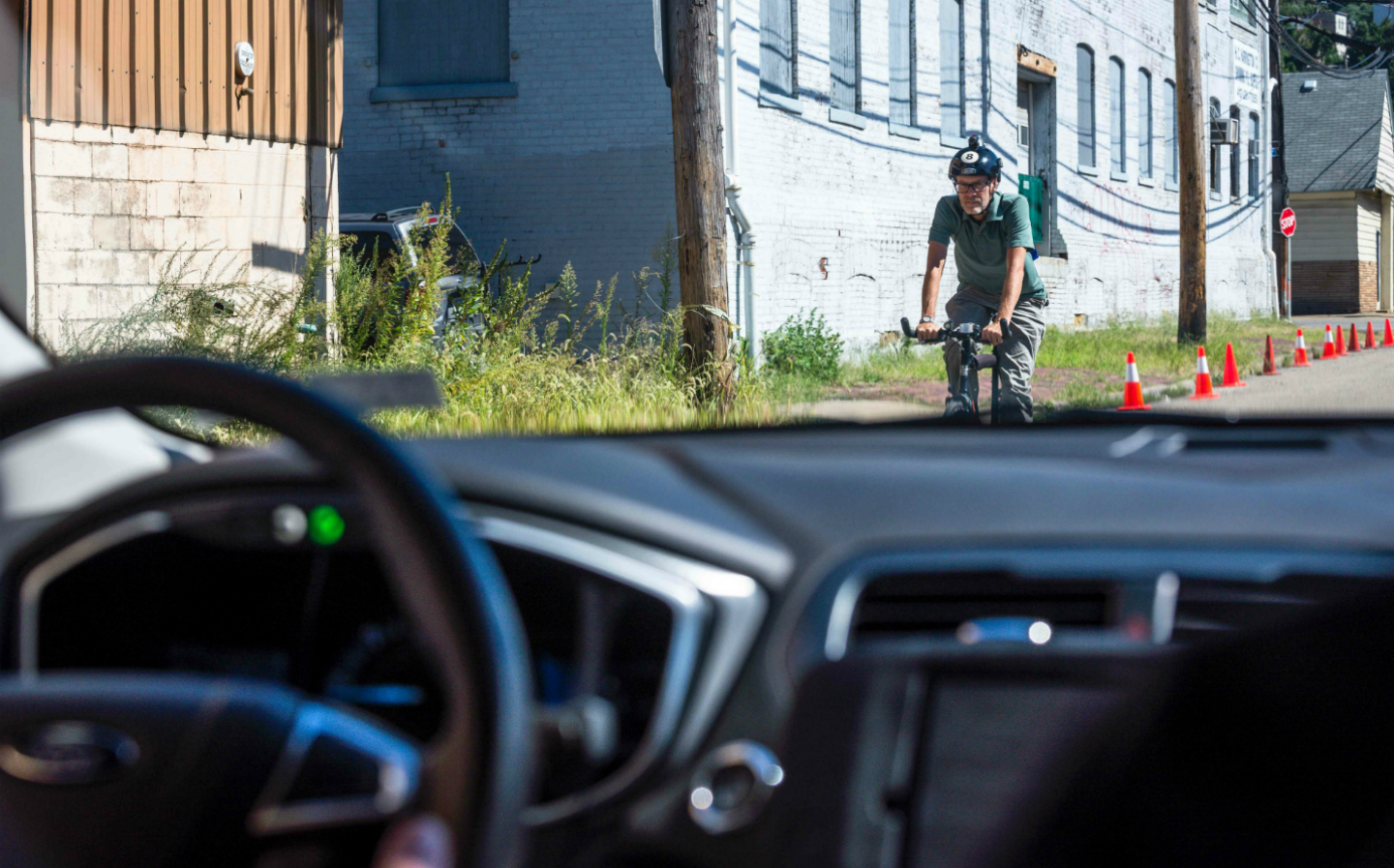Driverless cars make human motorists take more chances
Drivers take advantage of computers

AN INCREASE in the number of driverless cars on the road is likely to promote risky behaviour among human motorists, according to research.
Drivers are more likely to pull out in front of vehicles if they know the other car is controlled by a computer.
Some motorists admitted that it was easier to drive on roads with lots of autonomous cars because they have better reactions, avoid collisions, travel at a more consistent speed and do not become “aggressive or irritated”.
Browse NEW or USED cars for sale on driving.co.uk
The findings were made as part of an £8 million government-backed trial of autonomous vehicles led by the Transport Research Laboratory (TRL).
The research found that drivers may “adapt their behaviour as autonomous vehicles become more prevalent”.
It said that some drivers were found to pull into smaller gaps between vehicles at junctions when more automated vehicles were on the road.
In the TRL study, motorists were placed in a simulator and asked to perform tasks on roads where between 20 and 80 per cent of the other cars were driverless. In one test participants in a car at a junction attempted to cross a lane of oncoming traffic.
It found that humans pulled into smaller gaps between vehicles when there were more autonomous cars. On average they pulled into a 4.62-second gap when 20 per cent of traffic was autonomous. This was reduced to 4.42 seconds when the proportion jumped to 80 per cent.
Graeme Paton
This article first appeared in The Times
Don’t know your BHPs from your MPVs? Click to take a look at our car jargon buster




